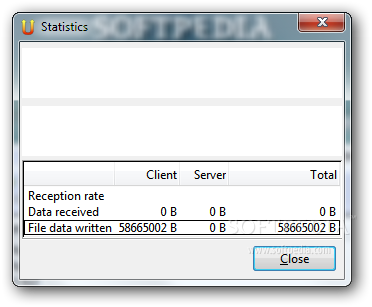

We define 2 root entries for our sync, one pointing to the directory on our client system where we'd like to sync our files to. In General Unison is able to ignore arbitrary combinations of files and paths. We might never deal with files from Apple devices, then we can of course remove the ignore configuration in the first line for “.DS_Store” files, or we might need to ignore some more files, then we can add ignore configuration lines to it. The content of our profile can obviously be changed as we see fit. Root = /home/my-client-account/cloud-storage Inside this file we are going to put the following. In order to have the most frictionless experience, we are going to create a Unison Profile, this allows us to put all the configuration settings of how exactly the synchronization should be executed in one file.

ssh Setting up the Synchronization Profile Most likely in order to be able to send the public key at this point we are going to be asked for our user's password.Īnd as a third step, we can then test if our connection can be established without the need for a password. Second, we send the public key of our pair to the server we'd like to sync to and from. ssh-keygen -t rsaĮxecuting the above is going to create an SSH key pair for us, putting it in the. This is actually very easy and can be done in 3 simple steps.įirst, if we don't have one already, we have to generate an SSH key for (all) our client device(s).

In order to use Unison in the most unobtrusive way, it is recommended to set up a passwordless SSH connection between the server and the clients we'd like to connect. This has to be done on the server as well as on all the intended clients. On Debian based systems, this is as easy as executing the following snippet.įor other operating systems/package managers, please check out the official docs for installing unison.
#UNISON FILESYNC INSTALL#
In order to get up and running, we first need to install the Unison library from our repository. So we can get ourselves a cheap server, with as much storage capacity as we'd like, set up Unison on both server and client and enjoy hassle-free, pure cloud storage sync on our own virtual private server. Unison is a cross-platform bidirectional file synchronization tool. If we are on the hunt for a simple, lean, storage sync-only solution, the solution space cleans itself up very fast.īut don't fret, there is a solution: Unison. So it might also not be the ideal choice if we only want a storage option.
#UNISON FILESYNC FULL#
However, it's actually a full suite coming with calendar integration, to-do lists, mailing, contacts, etc. nextCloud can be setup easily on an VPS.Now, 2 TB is a lot, but very likely we'll never need 2 TB of cloud storage. The cheapest paid plan starts at €9,99, offering 2 TB storage.
#UNISON FILESYNC FREE#
Dropbox, former king of Cloud Storage, limits the amount of linked devices in the free plan.Syncing to Linux with Google One (Drive Client) is not possible, as there just doesn't exist any official client for it (Third party only).However, they all seem to have some caveats. Since the Cloud emerged many years ago there are tons of Cloud Storage Solutions like Google One, Dropbox, pCloud, Microsoft Onedrive, Apple iCloud, ownCloud, nextCloud, Seafile.


 0 kommentar(er)
0 kommentar(er)
